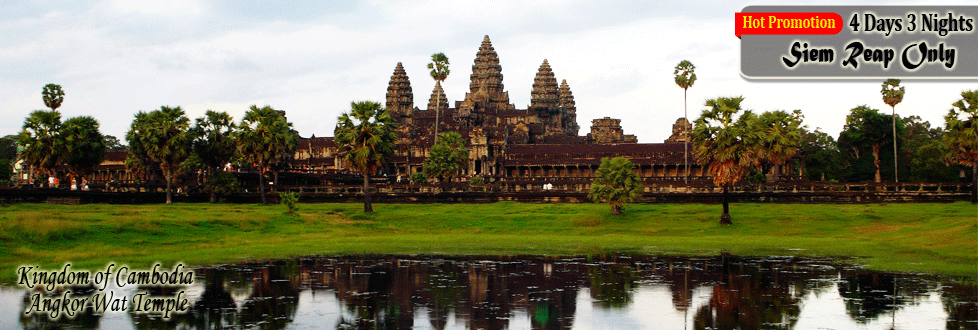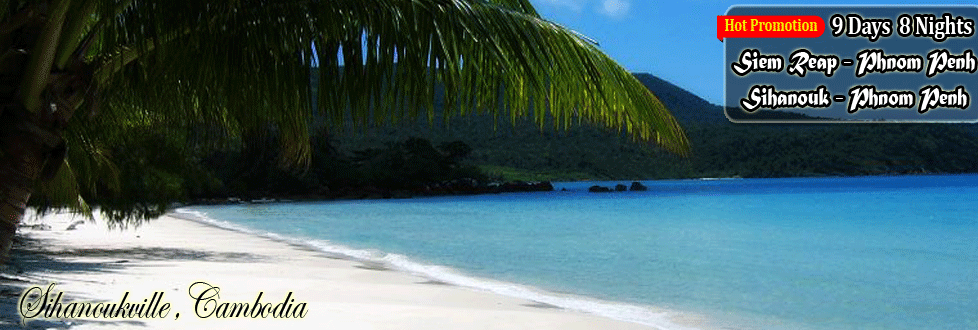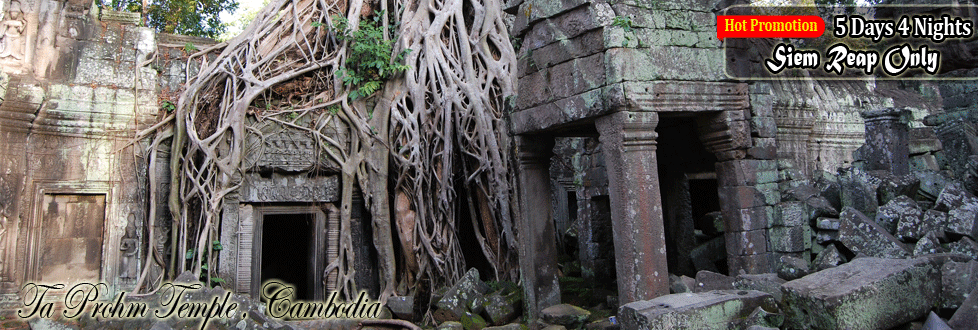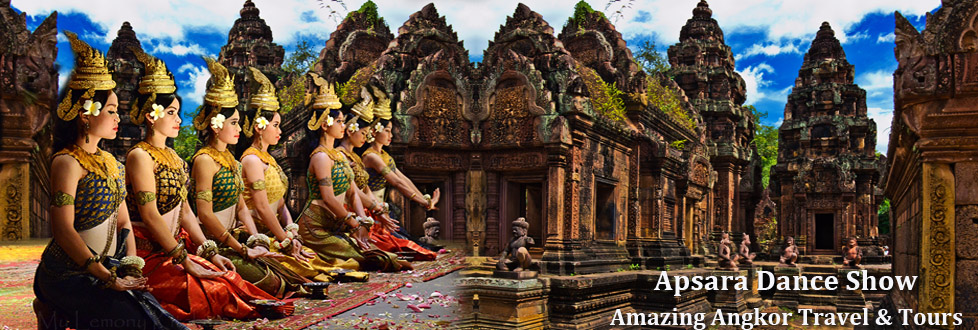|
Myanmar Information
Myanmar Tour Packages
Myanmar Hotels
Myanmar Attraction
|
Myanmar Culture
Art has been closely intertwined with religion and royalty in Burman history. Temples, pagodas and palaces displayed the artistic skills of painters, wood carvers and sculptures. Temples and pagodas were traditionally built of brick and many are still standing. The great palaces, however, were made of wood, and only one badly-deteriorating example of these beautiful carved structures remains today. Art and architecture, which relied on royal support, faded when the last royal kingdom collapsed. Although court culture has been extinguished, popular street-level culture is vibrant and thriving. Drama is the mainstay of this culture, and just about any celebration is a good excuse for a pwe (show). Performances may recount Buddhist legends, or be more light-hearted entertainments involving slapstick comedy, dance, ensemble singing or giant puppets. Burman music is an integral part of a pwe; it originates from Siam and emphasises rhythm and melody. Instruments are predominantly percussive and include drums, boat-shaped harps, gongs and bamboo flutes. Over 85% of the Burman population is Theravada Buddhist, although it is not the official state religion and since the Ne Win government takeover, it has actually officially occupied a less central role in Burman life. In the Rakhine region, towards Bangladesh, there are many Muslims. Christian missionaries have had some success among hill tribes but many remain staunch animists. Burmese is the predominant language and has its own alphabet and script. Though you're hardly going to have time to master the alphabet, it may be worth learning the numerals, if only so you can read the bus numbers. English is spoken by a few Burmans, particularly by the older generation. It's easier to buy authentic Burman dishes from food stalls rather than restaurants. Chinese and Indian eateries predominate, and hotel restaurants tend to remove much of the chilli and shrimp paste from their Burman dishes. Rice is the core of any Burman meal. To this is added a number of curry options and a spicy raw vegetable salad, and almost everything is flavoured with ngapi - a dried and fermented shrimp paste. Chinese tea is generally preferable to the over-strong, over-sweet and over-milky Burman tea. Sugar-cane juice is a very popular streetside drink, and stronger tipples include orange brandy, lychee wine and the alarming-sounding white liquor and jungle liquor.
|




.jpg)
.jpg)
.jpg)

.jpg)
.jpg)
.jpg)

.gif)

 Myanmar Visa & Passport
Myanmar Visa & Passport 


.png)
